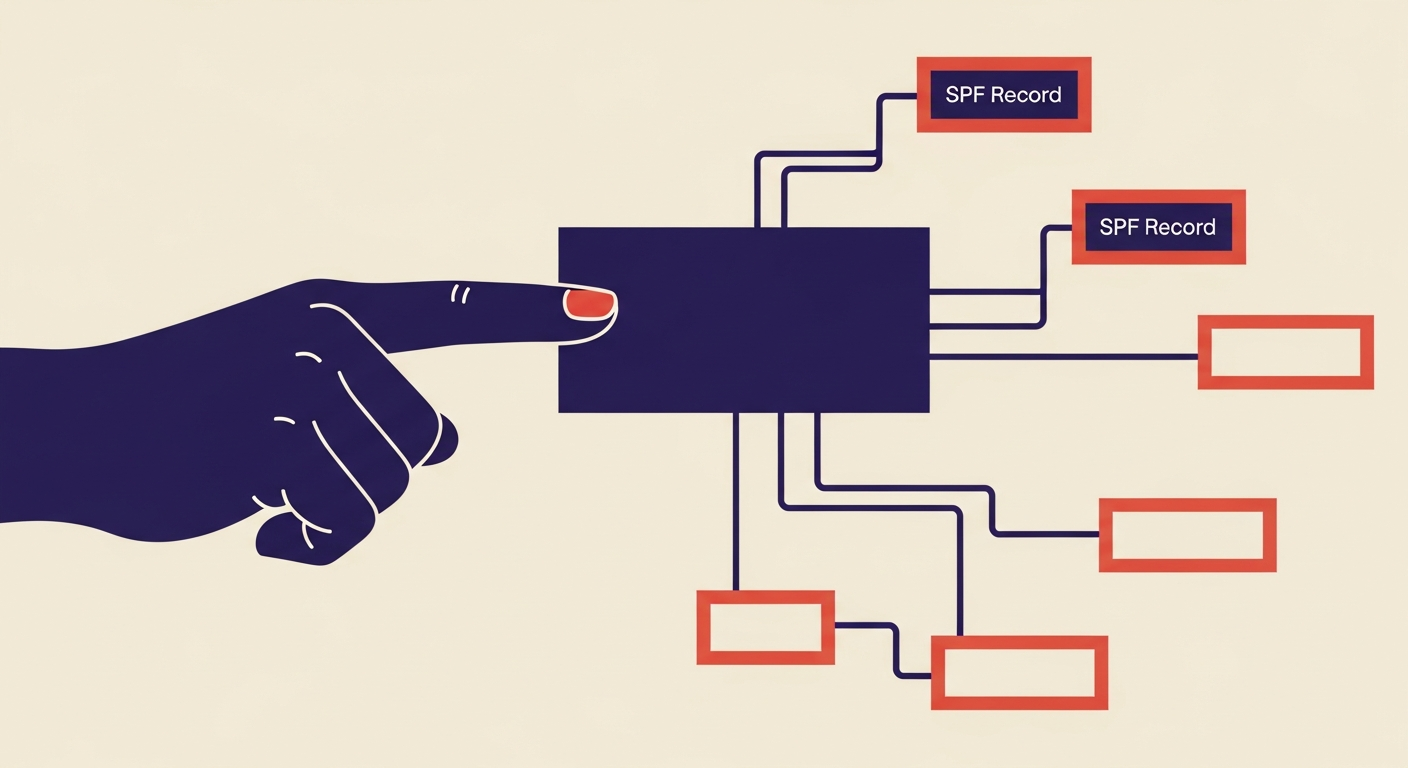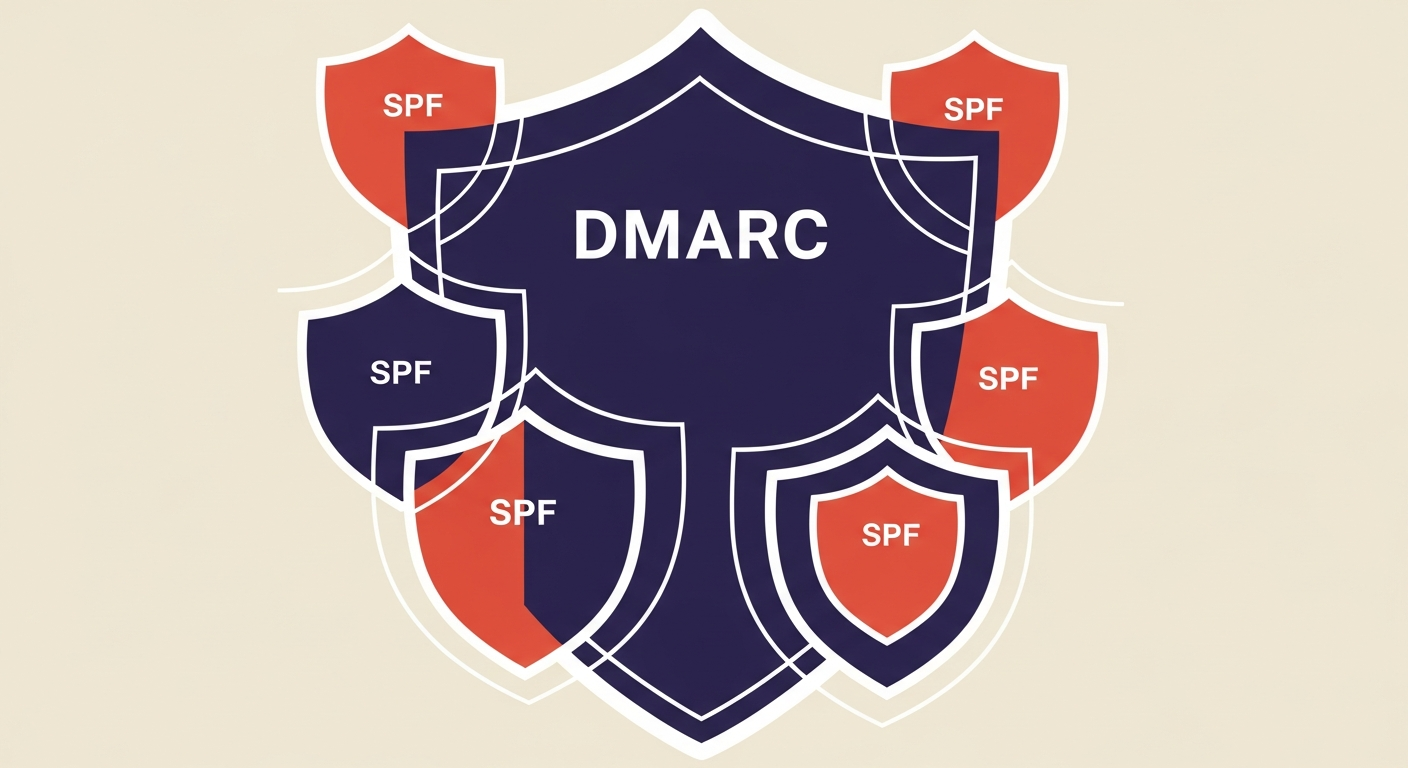Does SPF apply to subdomains by default?

Michael Ko
Co-founder & CEO, Suped
Published 22 Jan 2025
Updated 7 Nov 2025
5 min read


marketing.example.com. IN TXT "v=spf1 include:_spf.example.com include:sendgrid.net -all"
 This explicit configuration is essential because email providers, like Microsoft, emphasize that each defined domain or subdomain in DNS requires its own SPF TXT record for proper authentication and security. Failure to do so can result in authentication failures, impacting your reputation and deliverability.
This explicit configuration is essential because email providers, like Microsoft, emphasize that each defined domain or subdomain in DNS requires its own SPF TXT record for proper authentication and security. Failure to do so can result in authentication failures, impacting your reputation and deliverability.
